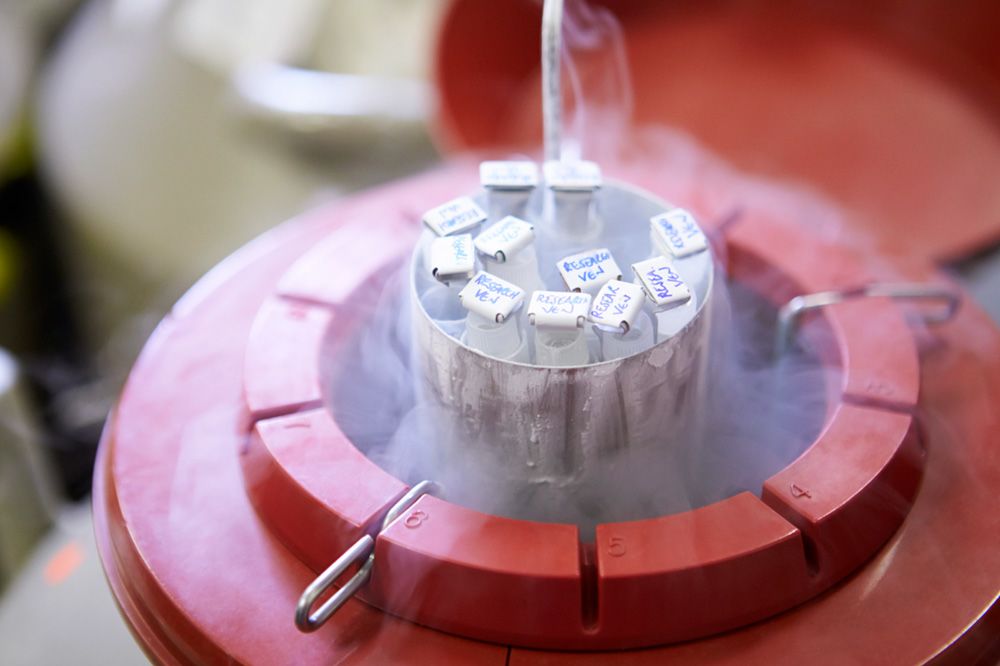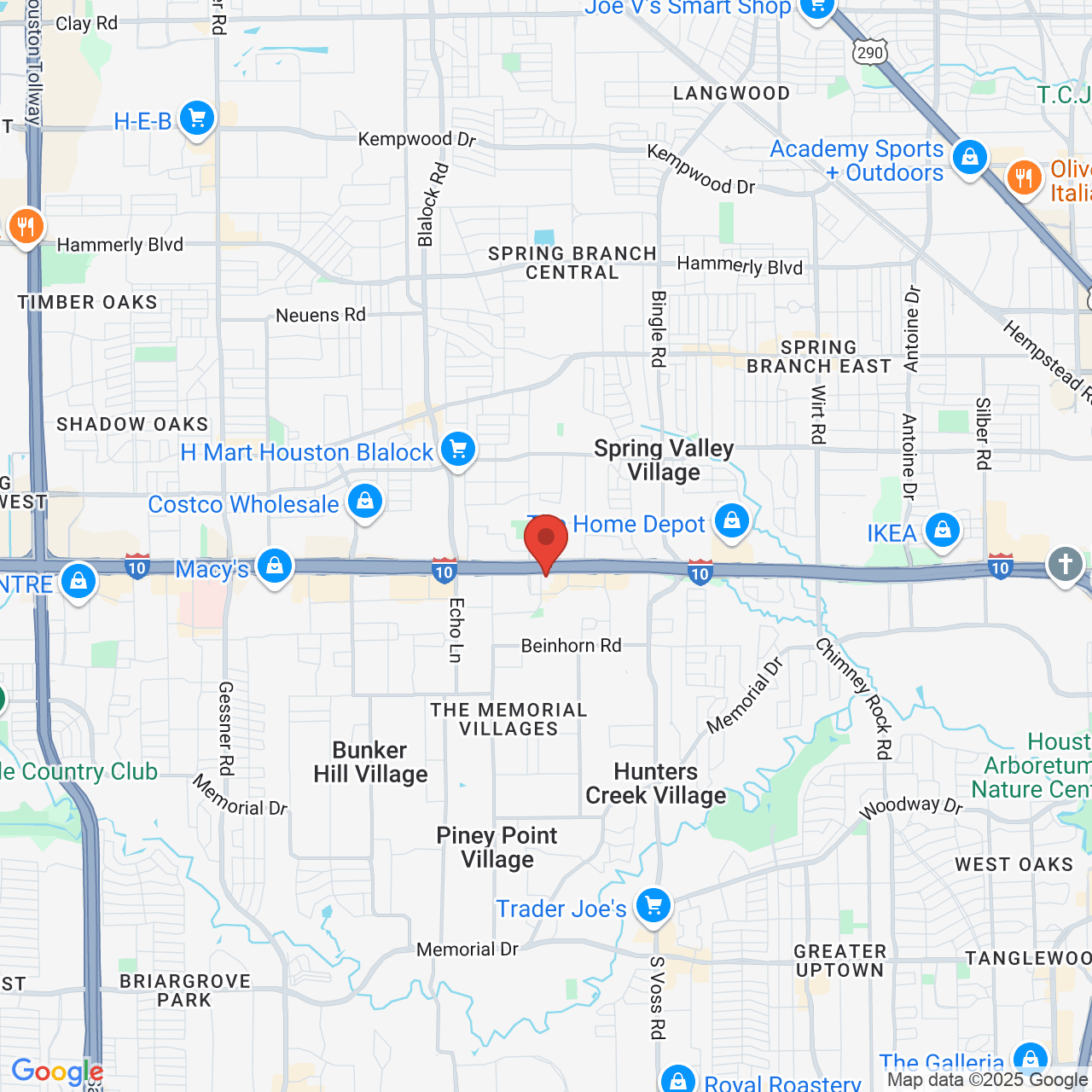Assisted Hatching Can Increase the Chances of a Successful Pregnancy
 Many patients have attempted in vitro fertilization (IVF) more than once without success. This emotionally draining experience can result from several factors. One common factor is that the embryo failed to properly implant in the uterus. Those who have experienced this problem, or who are otherwise not considered ideal candidates for IVF, may benefit from a procedure known as assisted hatching. Dr. Sonja B. Kristiansen and her team of professionals at the Houston Fertility Center in Houston, TX, and Sugar Land, TX, can educate patients on this technique. Their on-site laboratory allows for streamlined care in one office. As a result of their advanced techniques and focus on convenience, the Center's many satisfied patients can attest to their excellent results and compassionate care.
Many patients have attempted in vitro fertilization (IVF) more than once without success. This emotionally draining experience can result from several factors. One common factor is that the embryo failed to properly implant in the uterus. Those who have experienced this problem, or who are otherwise not considered ideal candidates for IVF, may benefit from a procedure known as assisted hatching. Dr. Sonja B. Kristiansen and her team of professionals at the Houston Fertility Center in Houston, TX, and Sugar Land, TX, can educate patients on this technique. Their on-site laboratory allows for streamlined care in one office. As a result of their advanced techniques and focus on convenience, the Center's many satisfied patients can attest to their excellent results and compassionate care.
The Development of Assisted Hatching
Assisted hatching is a relatively new laboratory technique that has proven successful in helping some women to conceive. It was developed to help an embryo fertilized in vitro break through its thick protective shell—an outer layer of proteins called the zona pellicuda. After the embryo penetrates this layer, it can then attach itself to the uterine walls and ultimately become implanted into the lining of the uterus. If this happens, pregnancy can occur.
One problem noted in IVF failures was that many of the involved embryos were surrounded by a relatively thick zona pellucida. Successful cases, on the other hand, tended to have a thinner protein layer for the embryo to penetrate.
Based on these findings, embryologists developed a technique for creating a tiny crack, or hole, in the zona pellucida. This was achieved by using an acid solution, a laser, or other means. By breaching this wall, it becomes possible for the embryo to more easily pass through it. The assisted hatching procedure is generally performed prior to embryo transfer on day three, five, or six following fertilization.
Indications for Assisted Hatching
Assisted hatching is not recommended for all patients undergoing IVF treatment. Research has shown that it is more likely to benefit women who have:
- An advanced maternal age
- Had prior failed IVF cycles
- A poor embryo growth rate
- Moderate to excessive cytoplasmic fragmentation
Are There Risks?
The most significant risk of assisted hatching is possible damage to the embryo, which can prevent pregnancy. Assisted hatching also increases the chances for monozygotic, or identical, twins. This is important because medical complications are more likely to occur in identical twin pregnancies than in normal pregnancies. Another possible risk with assisted hatching is that the antibiotics and steroids typically used in conjunction with this procedure can cause adverse side effects.
Learn More About Which Treatment Is Right for You
Assisted hatching is a procedure that Dr. Sonja Kristiansen of the Houston Fertility Center can perform to help selected IVF patients conceive. We understand these types of treatment involve very personal decisions and can guide you through every step of your care. Those who would like to know more about its risks, benefits, and indications are encouraged to visit the center at either of their convenient locations. Get in touch online to schedule an appointment today.


